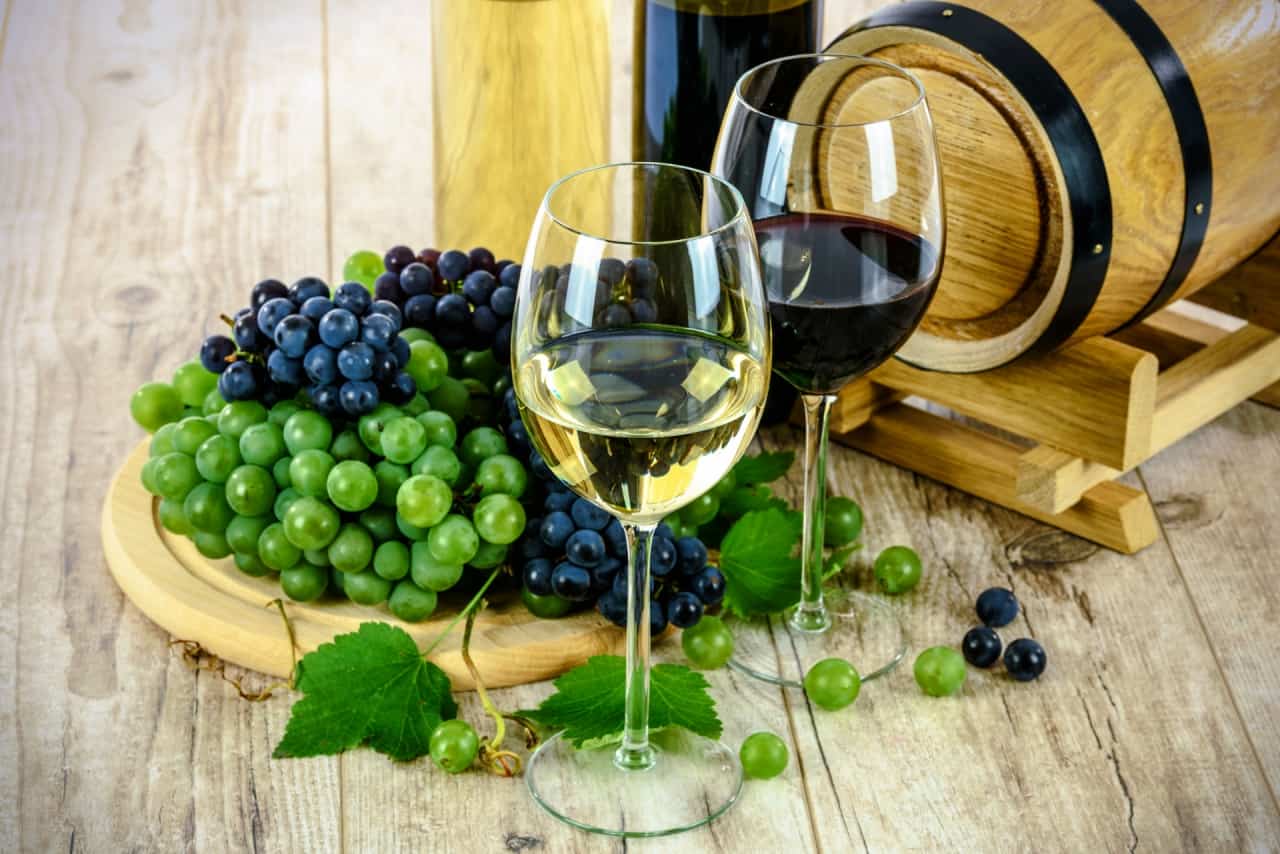
Sommelier recommends wine

Associating wine with food is an art. When you dine at a restaurant you are certainly fascinated by the beautiful story that the sommelier presents for the choice of wine. The sommelier is the person in charge of choosing the best drinks for customers. What many do not know, however, is that the sommelier is a person who has advanced knowledge in the field, with many studies and most of the time, is placed before any other employee who serves.
The basic skill of a sommelier consists in choosing the best wine or the best drink, in agreement with the dishes served by the customer. A dedicated sommelier considers several criteria for choosing drinks. These include compliance with the rules of serving, serving at the right temperature, etc. A professional sommelier is the one who meets the two sets of global rules namely, savoir-faire (how to do) and savoir-estre (how to behave).
How do we associate wine with food?
It is well known that white wine goes alongside chicken and fish, and red wine, along with red meat. And like every word of the people is based on a truth, but it is only a general advice, which perhaps simplifies too much, this complex and almost scientific area of the association of wine with food.

The wine is tasted in three stages:
Visual stage, when assessing clarity, color (which say a lot about the health and age of the wine).
The olfactory stage,in which the “cleanliness” of the wine, the primary and secondary flavors and the bouquet (in the case of matured wines for a period by the bottle) feel very good.
The taste stage,in which the health of the wine is assessed, the aromas and character of the variety, the balance between the acidity and the other constituents of the wine, its structure and the persistence of the flavourings after swallowing.
3 simple rules for choosing the right wine
Look at the wine as an extra spice. Spices should enhance the taste of the food, not cover it, an idea also valid for wine. Here are some tricks to be able to match wine and food more accurately:
- Acidic foods require acidic wines.
- Fatty foods require tannins, present in red wine.
- Spicy dishes need sweet wines.
- Salted dishes go with sweet wines, preferably sparkling.
- Sweet foods require even sweeter wines.

The method of equally intense tastes. Another simple rule, but with great applicability, is to follow the intensity of the taste, so that one taste does not dominate the other. So, it combines a delicate wine with dishes such as salads, vegetables, fish, eggs, a moderately full-bodied wine, with more aromatic dishes such as baked chicken or pasta with sauce. Finally a full-bodied wine complements perfectly with intense taste dishes, steaks, curries.
Associates with the dominant taste. If you’re dealing with a food rich in flavors, guide yourself to the dominant taste you can distinguish and keep it in mind when matching the wine. So, in the right context, you can serve a red wine alongside white meat.
We don’t need special occasions to enjoy a glass of good wine. Almost any food gets tastier if you associate it with the right wine. A good wine won’t disappoint you even if you serve it simply as such.
“I drink because I have the opportunity, but sometimes I drink because I don’t have an opportunity”
Miguel De Cervantes
“It is good to remember that there are five reasons to drink: the coming of a friend, one’s thirst, fear of thirst in the future, the excellent taste of wine, or any other reason.”
Proverb Latin
You have to make friends with the wine and choose the one that’s worth calling “you”!
Fănuș Neagu



